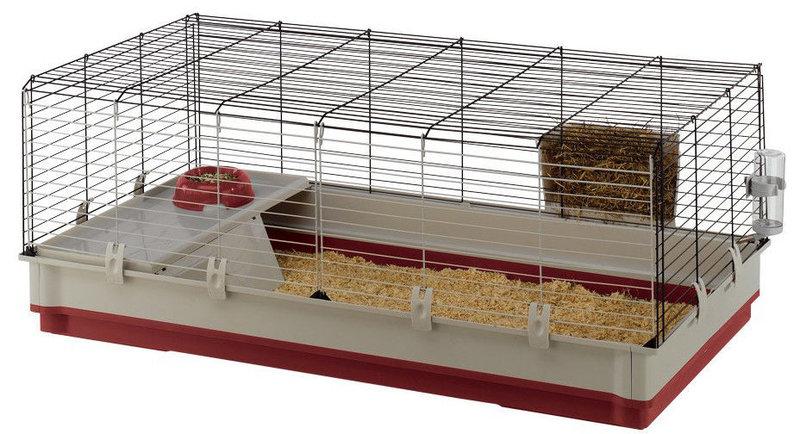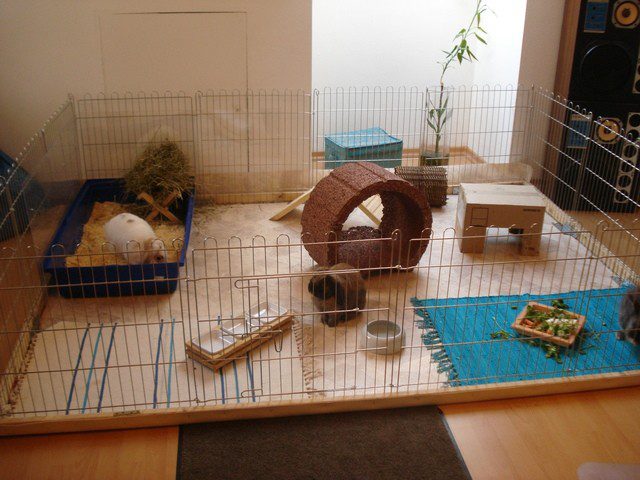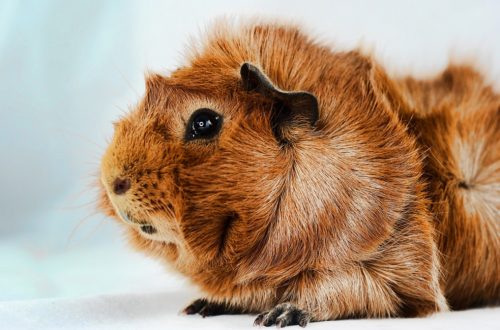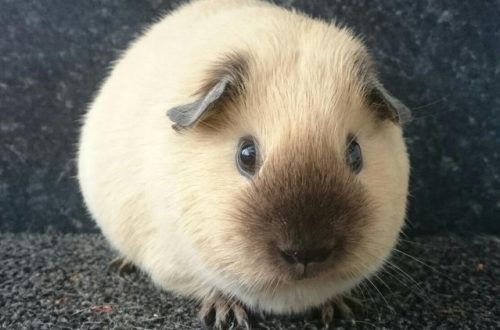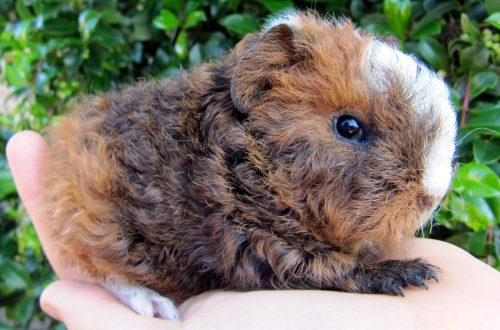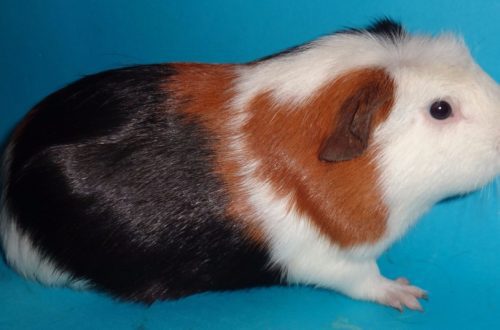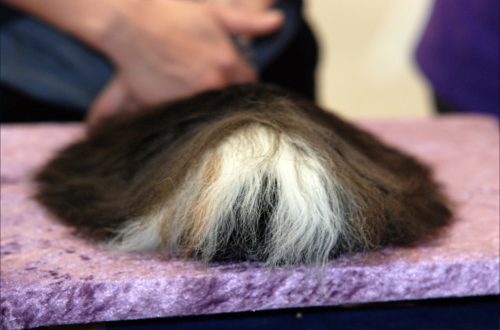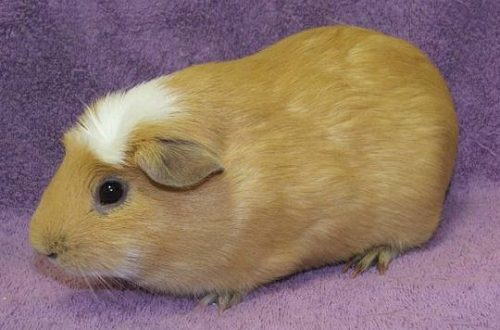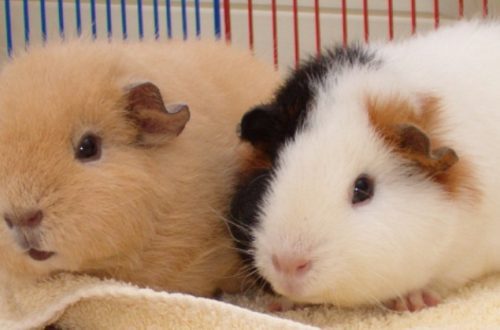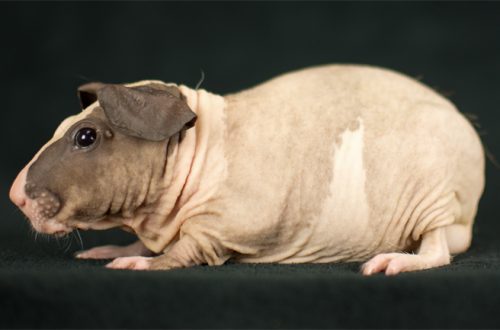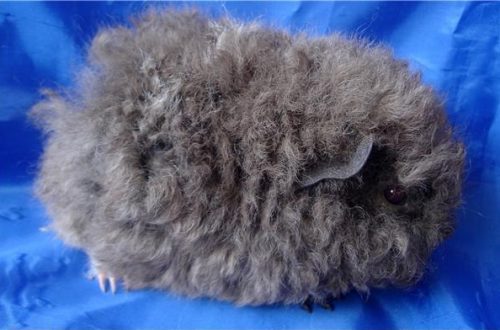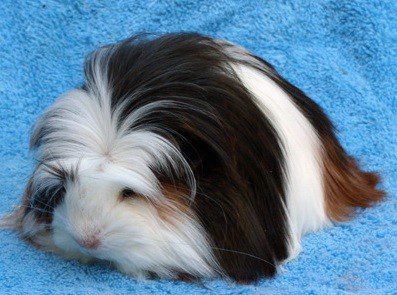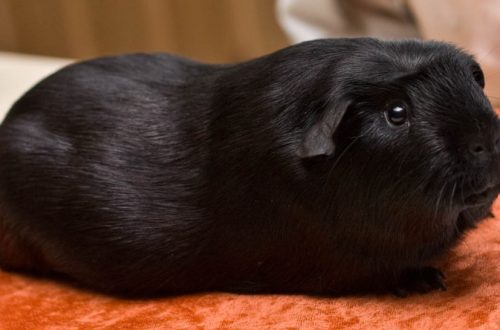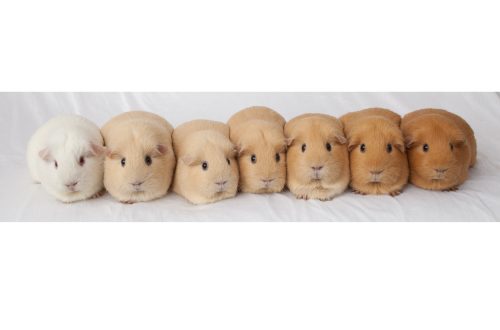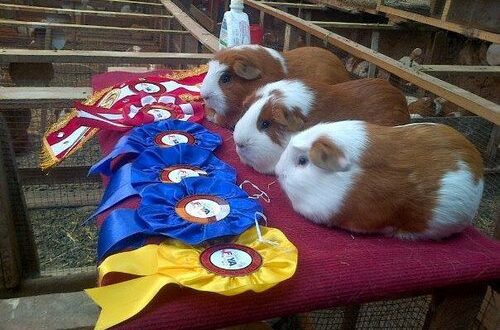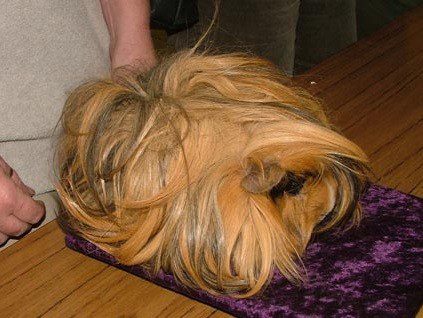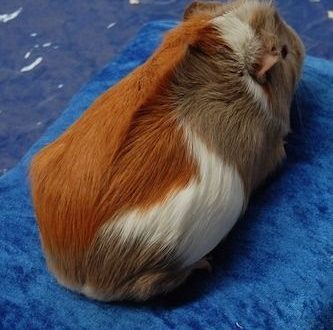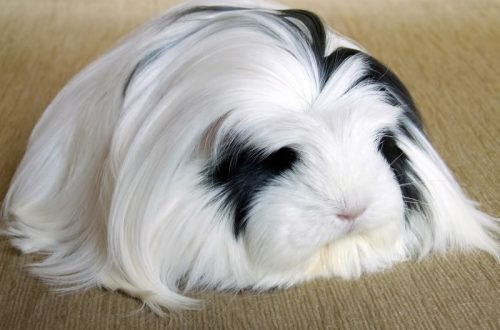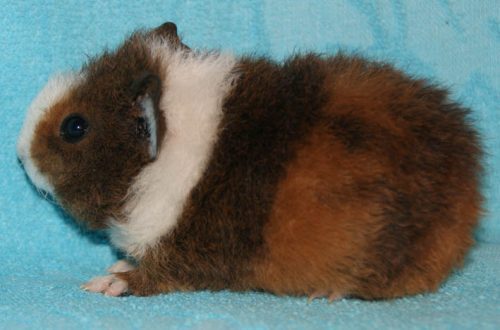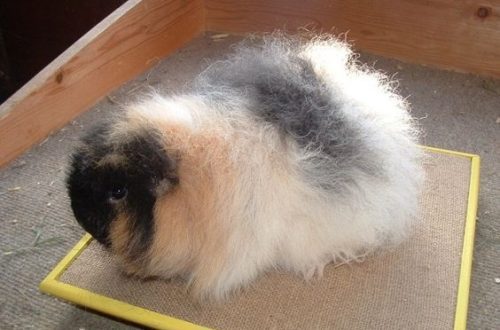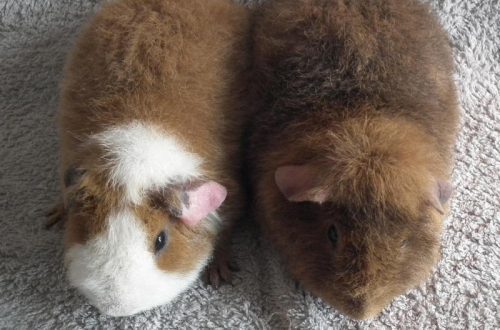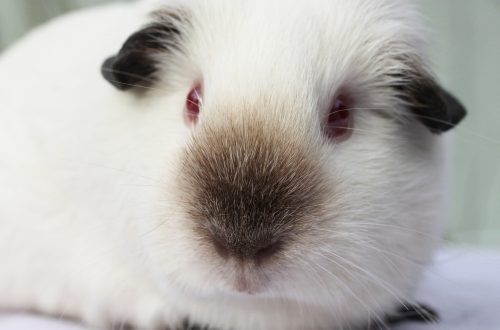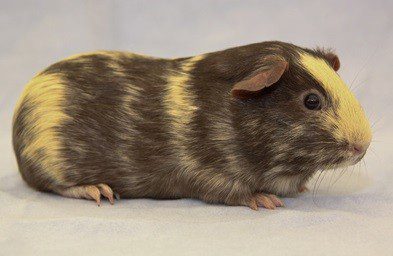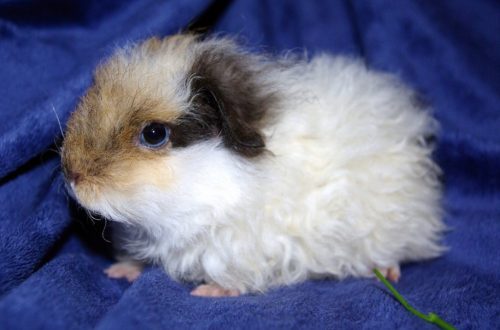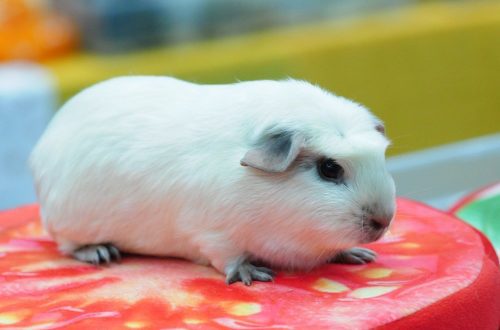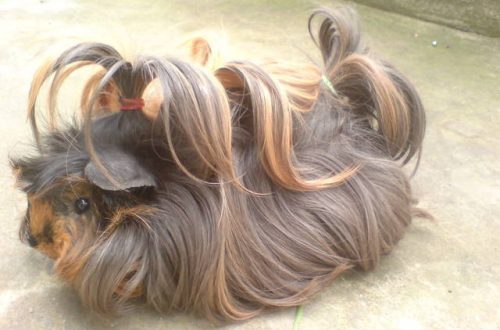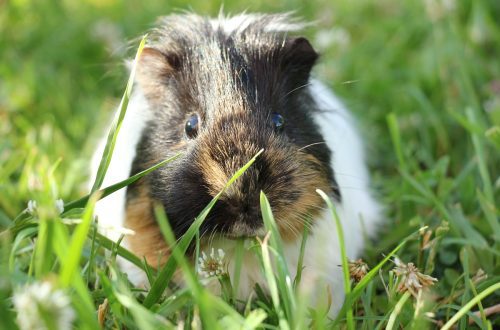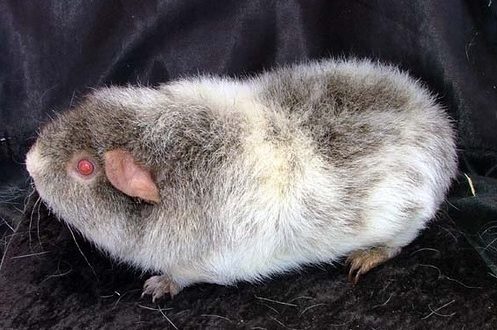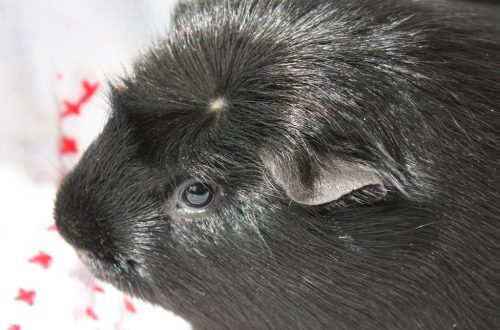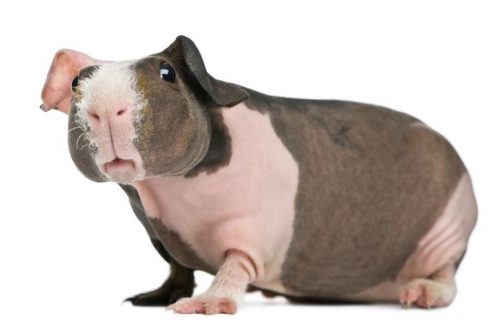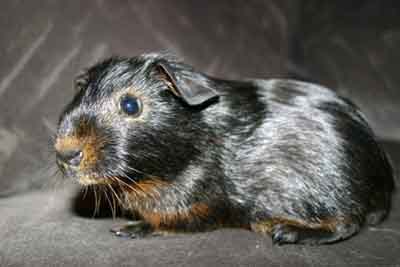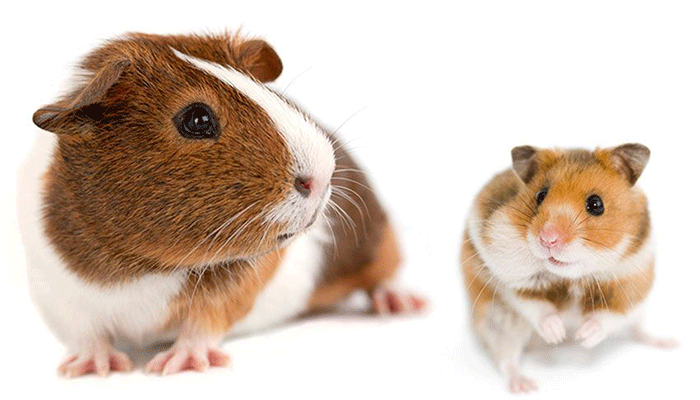
Types of Rodents
Many of Types of Rodents are unpretentious and easy to care for, distinguished by friendliness, interesting behavior and beautiful appearance. At the same time, most of them are perfectly tamed, attached to their owners and mastering various tricks.
What kind of rodents are kept at home?Many of them are unpretentious and easy to care for, distinguished by friendliness, interesting behavior and beautiful appearance. At the same time, most of them are perfectly tamed, attached to their owners and mastering various tricks.
What kind of rodents are kept at home?
Types of Rodents List
Hamsters
Hamsters are omnivorous rodents, the basis of nutrition at home is grain mixtures for hamsters, supplemented with fresh seasonal herbs, specially grown grass, fruits, vegetables, twigs of hardwood trees, once a week protein top dressing – boiled lean chicken meat, low-fat cottage cheese, flour worms, small crickets. A mineral stone for rodents is also required.
The cage is selected based on the size of the hamster. On the floor of the cage it is necessary to pour a litter of shavingsor corn filler. The hamster chooses a place for the toilet, as far as possible from the house and the feeder. It is advisable to change sawdust there daily or put a special toilet for hamsters there. And the entire litter must be renewed at least once a week, then it does not smell and is easily cleaned out of the cage.
In a hamster cage, be sure to arrange a spacious house where your pet will hide from others and store supplies. These stocks must be regularly requisitioned.
For hamsters, walking around the room is not recommended. Small animals run fast and hide well. It is very difficult to catch a runaway hamster.
There are many types of domestic hamsters, and they differ in size, behavior and character.
Syrian hamster
A fairly large rodent with a body length of up to 18 cm, with soft sandy or golden fur. They live 2-3 years. By nature, Syrian hamsters are loners, and it is better to keep them one by one, because even a heterosexual pair will inevitably fight.
A strong wire cage of at least 50 x 30 x 30 cm is best suited for keeping a Syrian hamster – spacious enough to accommodate a wheel and several platforms at different levels connected by ladders.
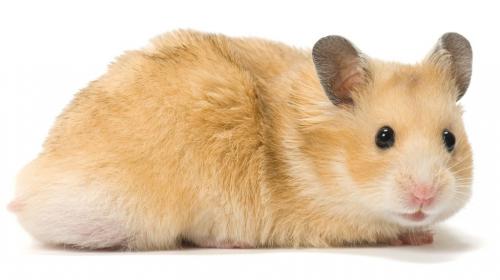
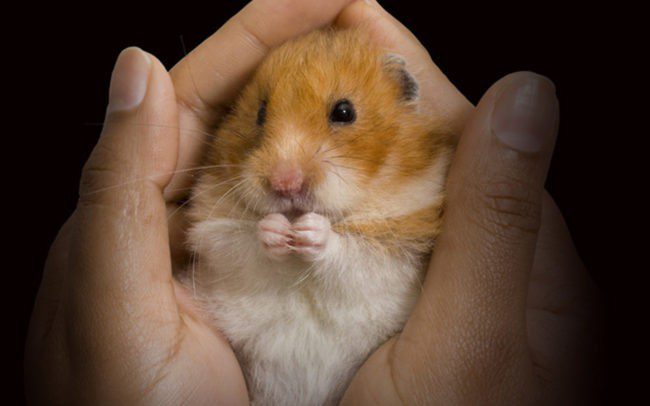
Djungarian hamster
The growth of such a pet is up to 5 cm, and the weight is up to 45 grams. They live for about 2 years. This type of rodent has woolly feet, a dark stripe on the back and a small tail.
It is not recommended to keep more than one Djungarian hamster in a cage, as these hamsters are very territorial and show aggression towards each other in a confined space. When kept together, Djungarian hamsters live in a state of permanent stress, and in fights they can injure each other.
Cage 30×50 cm with frequent rods.
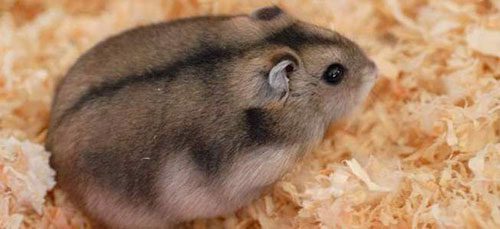
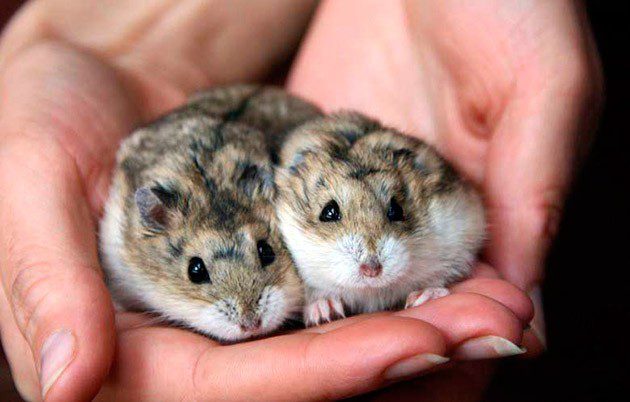
Campbell’s hamster
Campbell’s hamster belongs to the dwarf family. The body length is only 7-10 cm, the average weight is 25 g. They live for about 2 years.
It is very similar to the Djungarian hamster, but if you look closely, you can easily recognize it by the almost unmarked, narrow strip on the back, smaller ears, narrow rhombus on the forehead and yellow-brown coat color.
Despite their pretty appearance, Campbell’s hamsters are loners by nature. They are independent and like to be alone with themselves. At best, they react indifferently to the touches of the owner, and they can avoid any contact with all their might – dodging or they can bite. Nevertheless, many cases are known when, with proper maintenance and careful attitude, hamsters were easily tamed, got used to the owner and left their house on their own.
It is recommended to keep strictly one hamster in one cage. Due to the craving for loneliness and a developed sense of independence, these rodents are quite conflicting and, when kept together, are constantly in a state of stress. The optimal size of a cage or terrarium for one pet: 50×30 cm, a house, a wheel and all sorts of climbing devices are required.
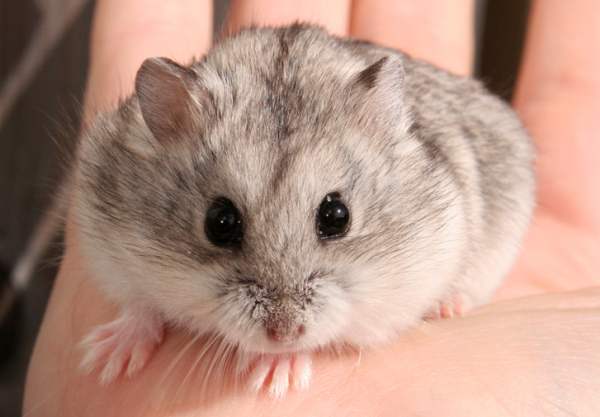
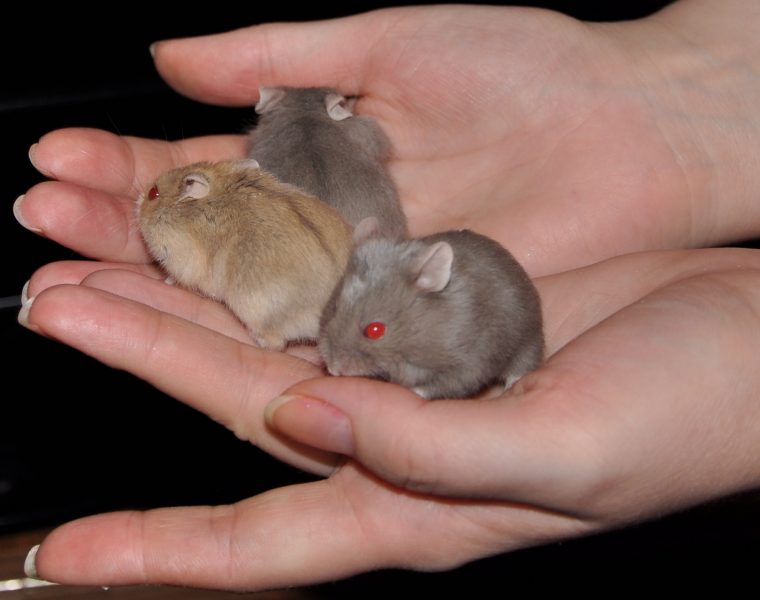
Roborovsky hamster
Roborovsky’s hamster is one of the rarest and smallest varieties of hamsters. The body length of an adult rodent is only 4-5 cm, and its weight is 30 g. Their life span is about 2 years. The hamster has a snub-nosed muzzle, large rounded ears. The coat is pinkish-yellow, the belly and paws are white.
The main difference between Roborovsky hamsters and their closest brothers is their sociability and dislike for loneliness. These pets are kept in pairs or groups and get along well with each other, forming one friendly, large family. Can be kept in pairs. The cage for this type of hamster can be small, but not less than 30 cm – hamsters are active and need to move. Also, the cage should have frequent bars so that the hamster does not get out. It is good if a house, a wheel, all kinds of ladders, ropes are installed in the cage.
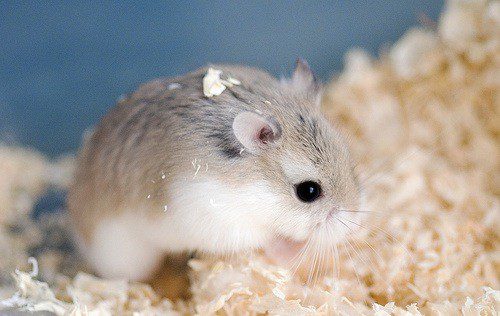
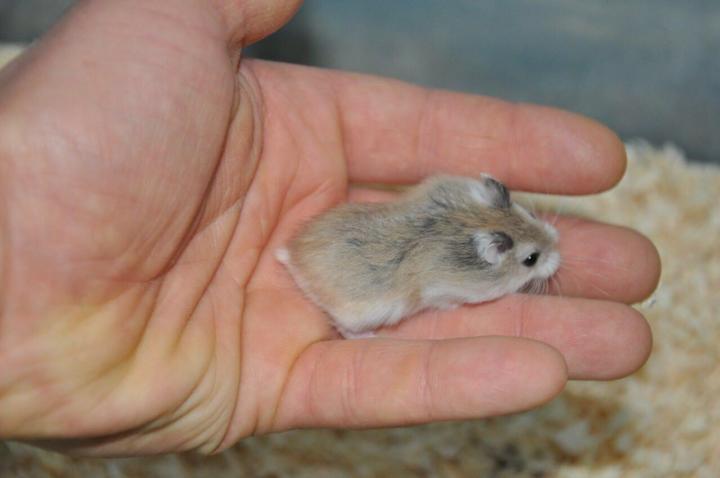
Decorative mice
Decorative mice quickly adapt, are unpretentious in content, do not require a lot of space, come in a variety of colors and are very funny. They are awake mainly at night, are very prolific and reach sexual maturity early. The size of an adult mouse is from 5 to 10 cm, weight: 20-50 gr. The life span is 1.5 – 2.5 years.
Breeders have bred interesting varieties of mice that differ in the type of coat (standard, long-haired, satin, curly, naked) and a wide variety of colors.
When feeding and caring for an animal, sudden movements that can frighten it should be avoided. Gradually accustom the mouse to the sound of your voice, try to talk quietly and in a gentle tone. It should be remembered that mice are group animals and without communication they close in on themselves and may even die of boredom. Therefore, if there is only one mouse in your house, it should be given a little time every day.
The mouse is an omnivorous rodent and is illegible in food. It is preferable to feed with grain mixtures, including vegetables, fruits, boiled egg white and low-fat cottage cheese in the diet.
You can keep the mouse in a metal cage or in a glass terrarium with a wide bottom and low sides (it is covered with a net on top). When choosing an aviary, remember that the mouse is able to gnaw through wood and many other materials, as well as squeeze into narrow cracks. It is better to choose a spacious room, the animals are very active and need movement. So that the pet is not bored, it is advisable to purchase and install various toys in his house – a wheel for running, a potty, branches, ladders. The mouse’s house must be at a decent distance from hot radiators and windows, especially if they are constantly open. It is advisable to choose such a dwelling for the mouse, where he will have a lot of free space, this is due to the fact that these animals are quite mobile and cannot sit still.
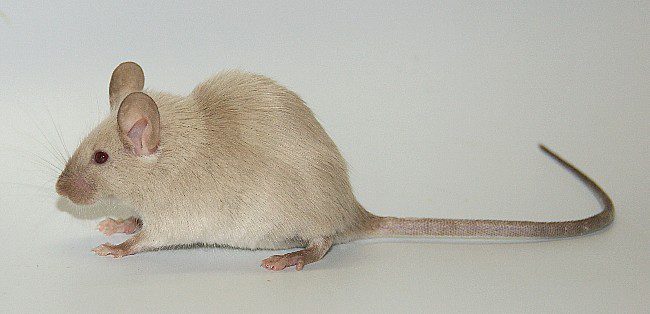
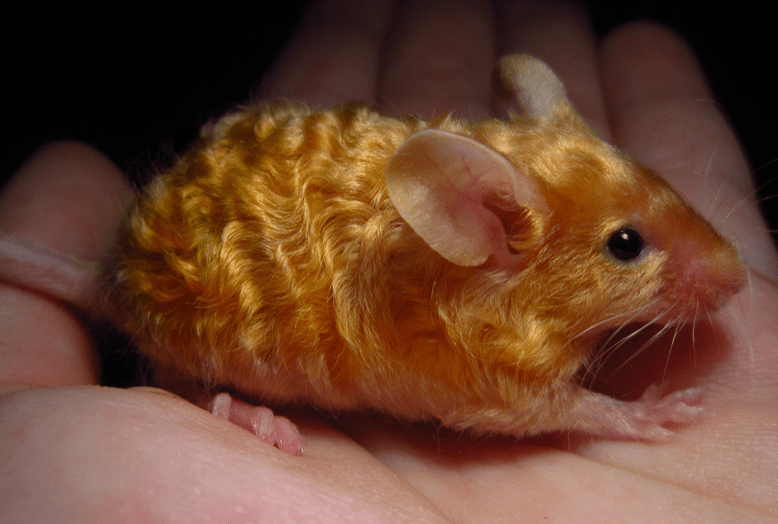
decorative rats
Decorative rats are able to become full members of the family who appreciate love and care, respond to the voice of the owner and carry out elementary commands. The weight of an adult rat reaches 800 gr. The life span of a domestic rat is 2-3 years.
Many rats of various colors, types of wool or with its absence, with different ear sets have been bred.
Rats are also omnivores. Rats are fed with a grain mixture, adding vegetables, fruits to the diet, once a week – low-fat boiled chicken meat, boiled egg white, low-fat cottage cheese, you can offer a fodder insect (cricket, tormentor).
Rats live well in companies, but if you do not want offspring, you can settle in same-sex groups. The cell must correspond to the number of residents, and be at least 60x40x30. The rat feels most comfortable in a spacious mesh cage, which has several platforms of different levels, ladders and various toys. Be sure to place a house of sufficient size in the cage, which will serve as a mink for the rodent, or a hammock. Place a toilet tray in the opposite corner. Since the rat is very mobile and playful, it is necessary to arrange all kinds of hammocks, snags, ropes, rags, pipes, wheels and other toys in the cage. The cage should be placed away from drafts, batteries and stoves. Overheating and hypothermia are deadly for these rodents.
Rat cleaning includes daily washing of bowls and drinkers, timely replacement of filler, cleaning up uneaten food, and washing hammocks. If you carefully care for a decorative rat, the smell from it will be almost imperceptible.
When the rat got used to you and began to come up to the call, it can be let out for a walk. But only under supervision – after all, rats try everything on the tooth. Therefore, remove valuables, documents, hide wires in advance. Rats can mark their territory by leaving small droplets behind them. Boys do it more often.
Rats do not need to be washed, they are clean and wash themselves thoroughly. If the rat is still dirty, you can wash it in warm water with rodent shampoo, and dry it in a warm place, away from drafts. If the rat’s claws grow and she does not deal with them herself, you can trim them with a special claw cutter.
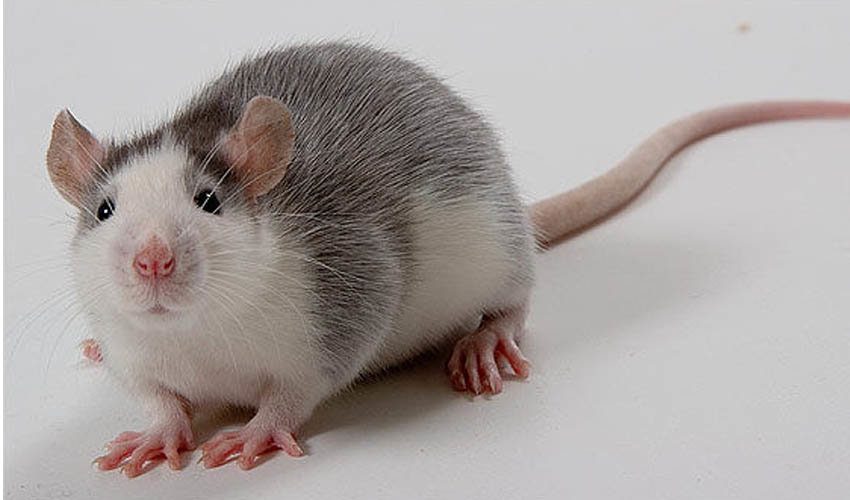
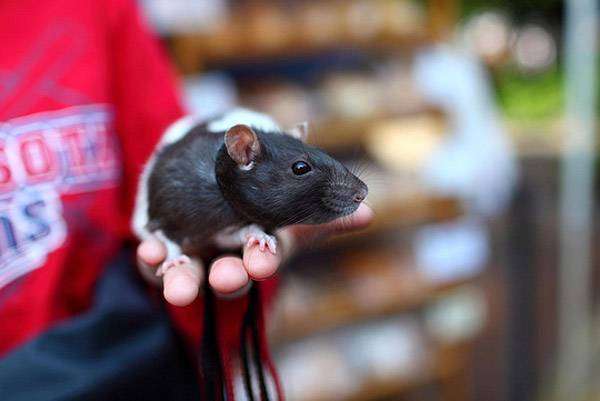
Mastomis
Mastomis belong to the species of multi-nipple rats. This small animal, something between a rat and a mouse, is 1.5-2 times larger than decorative mice. The length of its body is 15 cm, the tail is 11 cm, the weight of an adult is 60 g. Mastomis females have 8-12 pairs of nipples, hence the name of the species. The life expectancy of males is up to 3 years, females – up to 2 years.
Mastomis are omnivorous, they can be fed with a grain mixture, vegetables and fruits, adding fodder insects, pieces of boiled chicken, egg white, cottage cheese. The protein component is especially important for pregnant and lactating rodents.
It is best to keep mastomys in metal cages with narrow bars and a bottom protected by a grate. You need to put a house and all kinds of toys in the cage: ladders, wheels, sticks, etc. It is desirable if all this is also made of wood. The bottom of the cage is lined with corn filler or napkins, you can add a little hay.
Multi-nippled mice are very clean animals. Depending on how many mice live in a cage, you can clean it 1-2 times a week, or less often. Mastomis can be easily toilet trained: just place a container in the corner of the cage.
To clean the fur from time to time, put a container of chinchilla sand in the cage.
Mastomis are sociable and polygamous, so it is advisable to keep them in groups. The family usually consists of a male and 3-5 females. Lonely multi-nipple mice become depressed, stop eating. All this will inevitably lead to health problems.
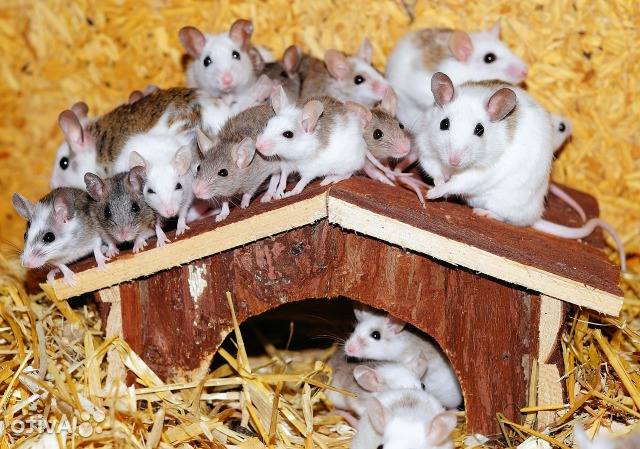
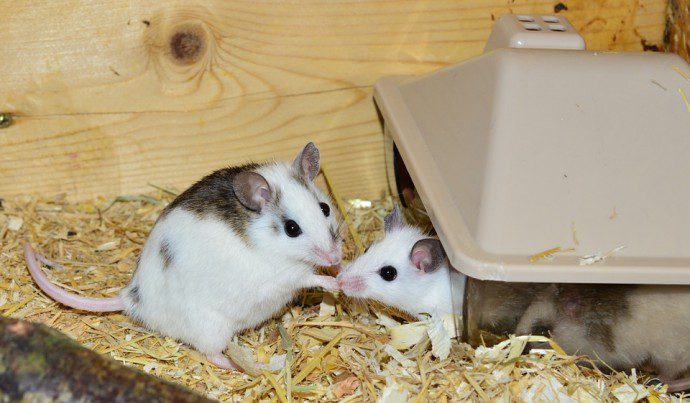
gerbils
Most often, the Mongolian gerbil is kept as a pet. These are miniature animals from 9 to 15 centimeters long, with a pubescent tail and a tassel at its end. They live an average of 2-3 years.
The gerbil is fed with a grain mixture, adding sprouted grass, dried and fresh vegetables. You can sometimes give a fodder insect or low-fat cottage cheese. The only thing is that fatty and oily foods should be limited. Gerbils are very fond of them, but an overabundance can adversely affect the health of the pet. A mineral stone (which, in addition, will replenish the mineral-salt balance in the body) and twigs of hardwood trees will be useful for grinding teeth.
It is necessary to keep gerbils in a metal cage equipped with a house and a wheel, preferably with a high tray, and there are options with a container at the bottom and a cage at the top, you can keep in the “dune”. The optimum temperature of the content is 20-23°C, the minimum is 15°C. Direct sunlight drafts are not welcome. Gerbils are very fond of digging, and therefore, for maximum comfort, a large layer of non-coniferous sawdust (10-15 cm) should be poured onto the bottom. To create a nest, animals will not refuse hay, napkins without dye.
It is convenient to hang the feeder above the level of sawdust or put it on the second floor of the cage, otherwise the animals may try to bury it.
Cleaning in the cage of gerbils should be done once every 1-2 weeks, with a complete replacement of sawdust and napkins.
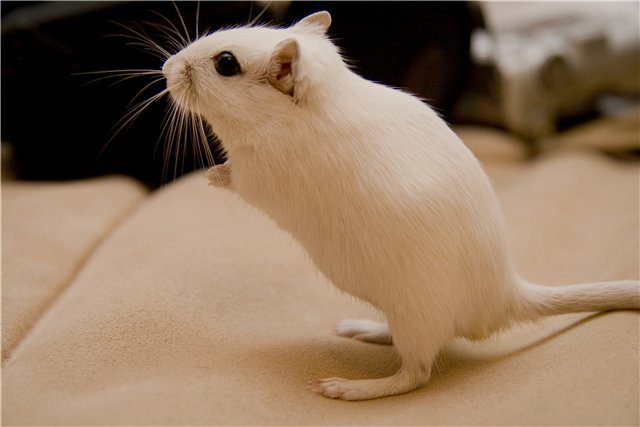
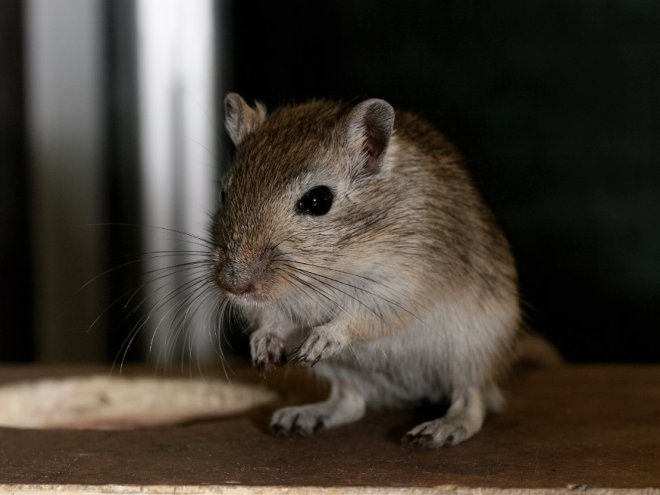
Akomis
Akomis, or the spiny mouse, is a very unusual animal. It looks like a large mouse, but at the genetic level it is closer to gerbils. The animal has a narrow muzzle, large dark eyes and round movable ears. On the back grow needles, almost like a hedgehog, pale yellow, reddish or gray-brown. The rest of the body is covered with white or brown hair. The paws of the akomis are short, however, it moves quickly. The tail is scaly, bald, very delicate, breaks easily, so you can’t hold the akomis by the tail. Body size 7-15cm, tail length 5-12cm.
Spiny mice are omnivorous: the diet consists of vegetable (grain food for mice, berries, fresh or dry vegetables and fruits, nuts, dandelion greens, wood lice) and animal food (forage insects, lean boiled meat, boiled egg white, cottage cheese). 1-2 times a week, mice are given branches of fruit trees. Mineral supplements are also needed.
With daily contact, they become calm and quite tame, but quickly run wild if left untouched. Unlike other rodents, they practically do not smell. These are nocturnal animals that live in groups/families, so you should start at least a same-sex pair of animals.
Akomis are very mobile animals, requiring a spacious dwelling with many climbing frames and shelters. They can be kept in a dune, a large metal cage (wooden cages are not suitable for birds, as akomis will easily gnaw through all wooden partitions) or an aquarium with a fine mesh lid for ventilation. As bedding, you can use sawdust, crushed bark, corn filler. Hay and white paper towels can be offered to create a nest. For a group of animals, it is worth providing several shelters to hide, rest, and breed. Akomis spin the wheel with great pleasure, while wheels with a large diameter, completely closed, or with 1 closed side are preferred, this is due to the fact that in open wheels they very often injure their tails. The dwelling should also be equipped with ladders, hammocks, ropes and tunnels. It is better to use an automatic drinker with a ball, a stable ceramic bowl is also suitable, the same is suitable for food.
Cleaning is carried out as it gets dirty, with a complete replacement of the filler and washing of stairs, tunnels, washing of hammocks.
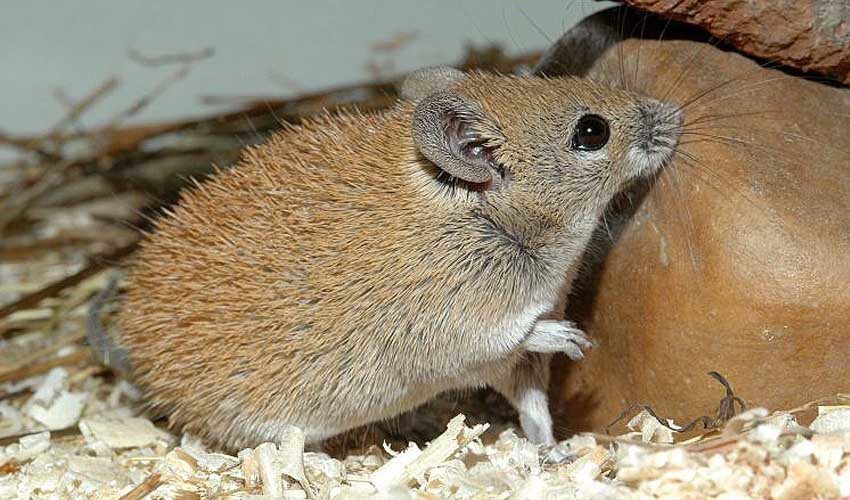
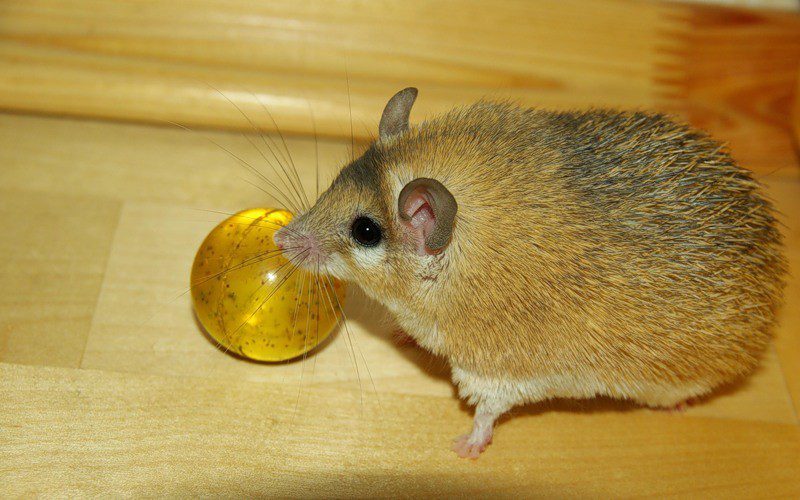
degu
Degu is a medium-sized rodent, body length 10-15 cm, tail from 7-12 cm.
These animals can be kept both separately and together. You can settle heterosexual and same-sex animals. Unlike their wild counterparts, these domesticated rodents rarely show aggression towards each other. Female degus become sexually mature at 5-7 months, males at 7-8 months.
They are completely herbivores and need to be fed grass pellets and hay. You can diversify the diet with sprouted and dried grass, dried root and dandelion flowers. Sunflower seeds and nuts should make up no more than 10% of the feed per day, as they are too fatty and can harm the liver and gastrointestinal tract of the rodent, cause allergies.
Feed is best placed in heavy ceramic or iron feeders attached to the walls of the cage. This is necessary so that the animal does not have the opportunity to turn the bowl over and mix the food with the bedding.
Degu bedding can be corn or cellulose litter.
To keep degus at home, you need a cage, preferably multi-tiered, with a large number of passages and pipes, reminiscent of their natural habitat. The bars of the cage and wooden ladders placed in it, houses and shelves can be used by degu for grinding teeth. Eating wood is not dangerous for them, as it is partially digested in the gastrointestinal tract.
These animals clean their wool by bathing in sand, which can be purchased at pet stores (it is intended for degus, chinchillas and gerbils). Bathing is done 2-3 times a week for 20-30 minutes, for this, either equipped or purchased at a pet store bathing bowls are used. The sand in the bathing room should be replaced every two weeks.
Feces and urine of these animals do not have a strong odor. Degus are quite clean, in the first days of habitation, the cages determine places for the administration of their natural needs. They need to be cleaned every three days, a complete cleaning of the cage should be done every two weeks, water changed daily, and feed and hay as needed.
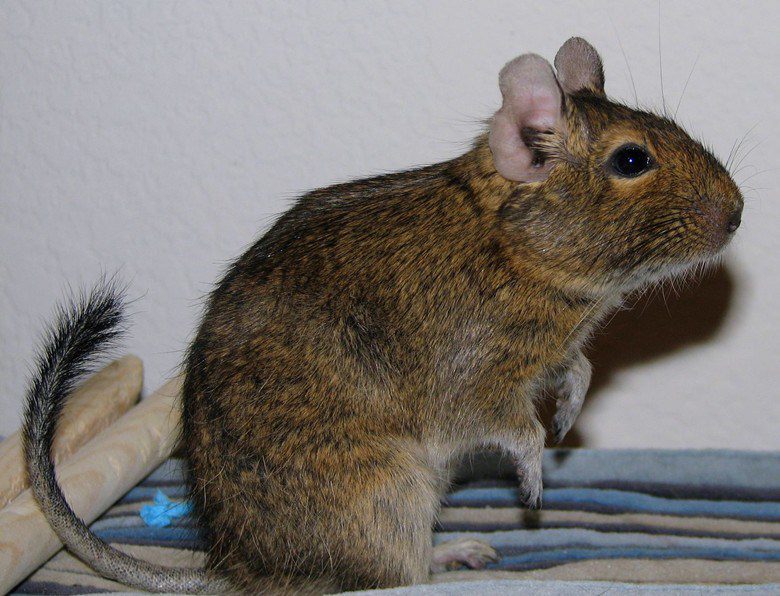
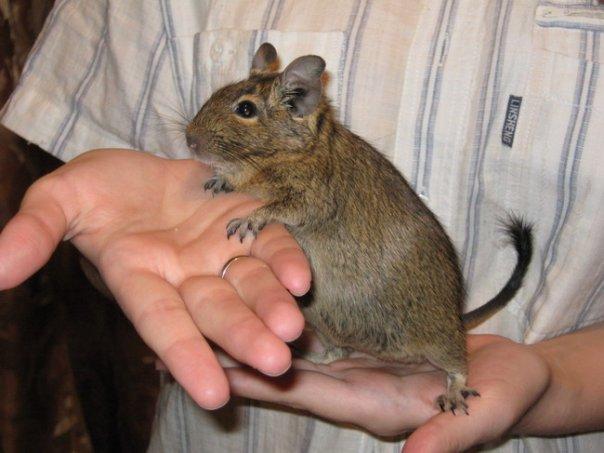
Variants of multi-tier cages for degus
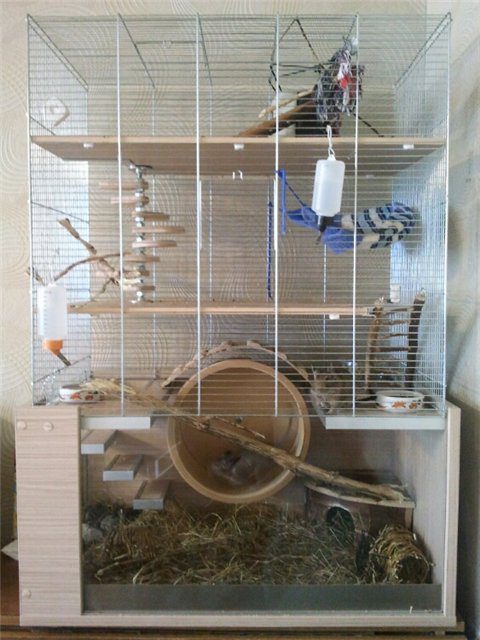
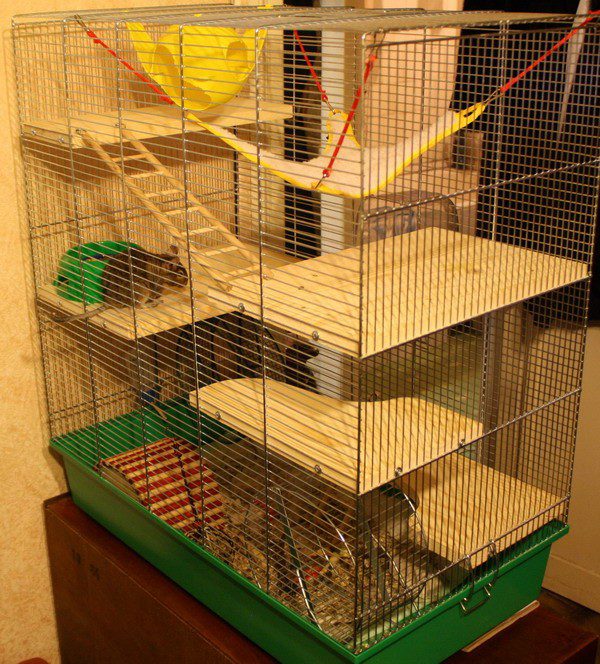
Guinea pigs
Guinea pigs are rodents that weigh between 700 and 1500 grams, with males typically being larger than females, with bodies ranging from 20 cm to 35 cm in length. Life span is 6-9 years.
There are many breeds of guinea pigs, very different colors and coat types – smooth, long-haired, curly and hairless.
Pigs are sociable, intelligent animals and prefer close contact with their relatives. They are active at dusk and dawn, and when awake, spend most of their time grooming, feeding, or exploring the surroundings. Guinea pigs are social animals. In nature, they live in flocks, so at home you can keep them in several pieces, including a same-sex couple or group, while females get along better. If you have one animal, it is recommended to place it in a place where the whole family gathers. Spend at least 10 minutes a day communicating with the animal, talk to him and take him in your arms, otherwise he may become bored.
Pigs are herbivorous rodents, and the basis of nutrition is grass pellets and hay. Hay should be in the cage all the time, in the sennitsa. Additives – fresh carrots, apple, a little grain mixture, dried dandelion root, slightly dried grass, twigs of deciduous trees. The coarser the juicy food, the better for the teeth and intestines. Another feature of the pig is eating its own litter, it is impossible to prohibit or try to exclude such actions. Part of the nutrients can only be extracted by “re-processing” food.
Domestic guinea pigs usually live in cages, although some owners of a significant number of animals use large enclosures for their maintenance, the larger the better. This rodent is a fairly nimble animal, and the larger the cage, the better. You can put tunnels, beds, toys in the aviary, hang a hammock. The bottom of the cage or aviary is covered with a thick layer of filler, it is desirable that it does not have small particles and cannot get into the respiratory tract and eyes of the pig. Also, a soft PVC rug can be placed on top of the filler, which must be washed in a timely manner. Cleaning is done as needed.
Don’t forget the pig’s fur. It should be combed with a soft brush about 2 times a week. Nail clipping may be required 1-2 times a year.
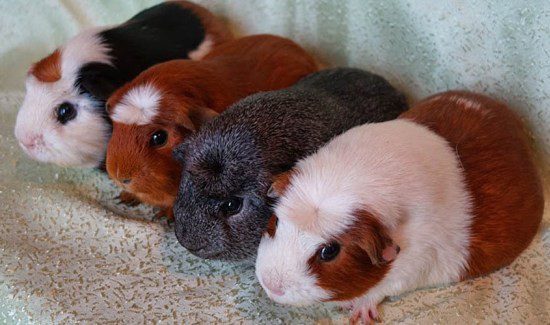
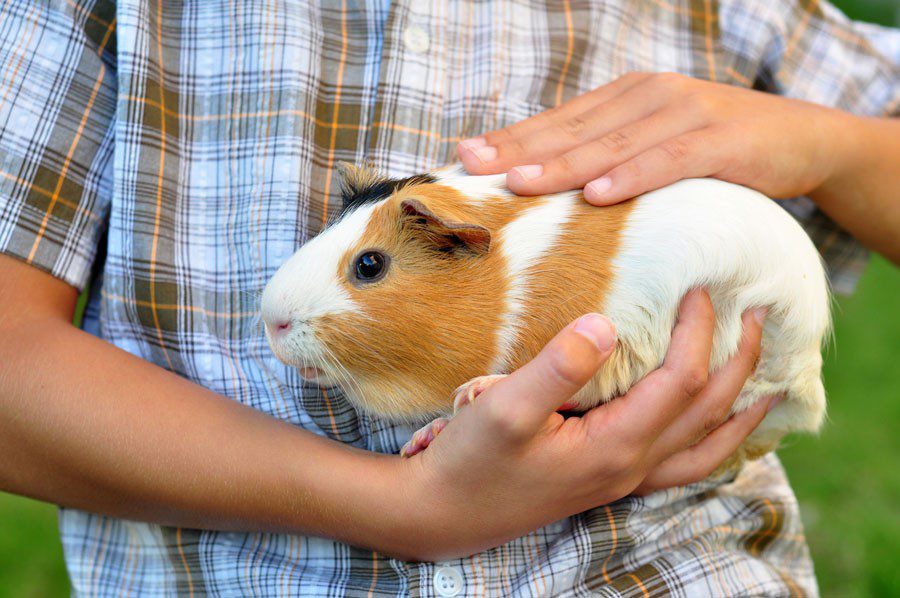
Guinea pig shelving options
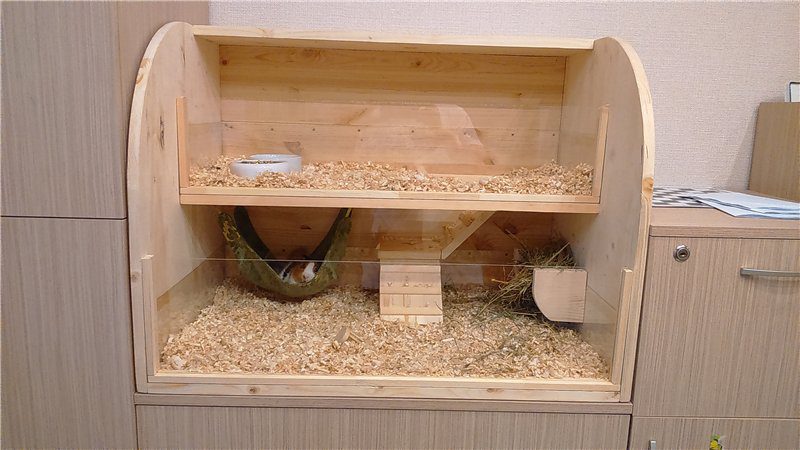
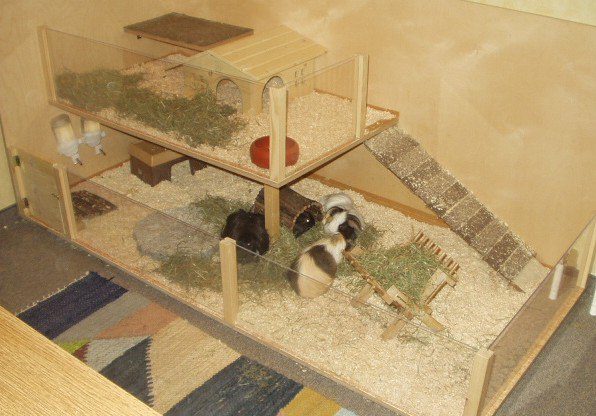
Chinchillas
Chinchillas are peculiar animals and differ markedly from other decorative rodents in their habits, character and physiology. Body length – from 22 to 38 cm, tail – 10-17 cm. They weigh from 300 to 800 g.
Chinchilla is a herbivorous rodent. Her diet should consist of plant-based feed and hay. You can diversify the diet with fresh oat seedlings, dried meadow herbs, dandelion root, chamomile and dandelion flowers, in small quantities – dried carrots and whole grains.
For keeping chinchillas, it is recommended to buy a large galvanized metal cage at least 100 cm wide, without painted surfaces, with a pull-out tray, shelves and reliable locks. Also, a chinchilla can be placed in a special multi-tiered showcase. Bedding is usually large sawdust, which is changed about once a week. The dwelling must have a stable feeder, a drinking bowl and a sennitsa attached to rods, wooden shelves for daytime rest and active games, a mineral stone for grinding teeth, a house where the animal can retire (if you have a couple of pets, then each of them needs separate cover). Additionally, a hammock, wooden ladders and a tunnel, a litter box can be placed in the cage, and as toys that the chinchilla will gnaw with pleasure – branches,
A tray with sand (bathing) should not be kept in a cage all the time, it is usually placed for the duration of the sand baths.
The house of the animal should not be located in a draft, near batteries and external walls, and under direct sunlight. They do not tolerate sudden changes in temperature. Since chinchillas are nocturnal animals, do not place the cage in the bedroom.
By nature, chinchillas are very affectionate and tame, they almost never bite. The animal can bite only in a state of strong fright. All chinchillas are different, some like to be caressed, while others do not, and these qualities of character must be respected. What chinchillas do not tolerate is violence. In order to achieve mutual understanding with the animal, you need to show patience and perseverance, to respect the peculiarities of his character and behavior. You need to take a chinchilla in your hands carefully, supporting it from below.
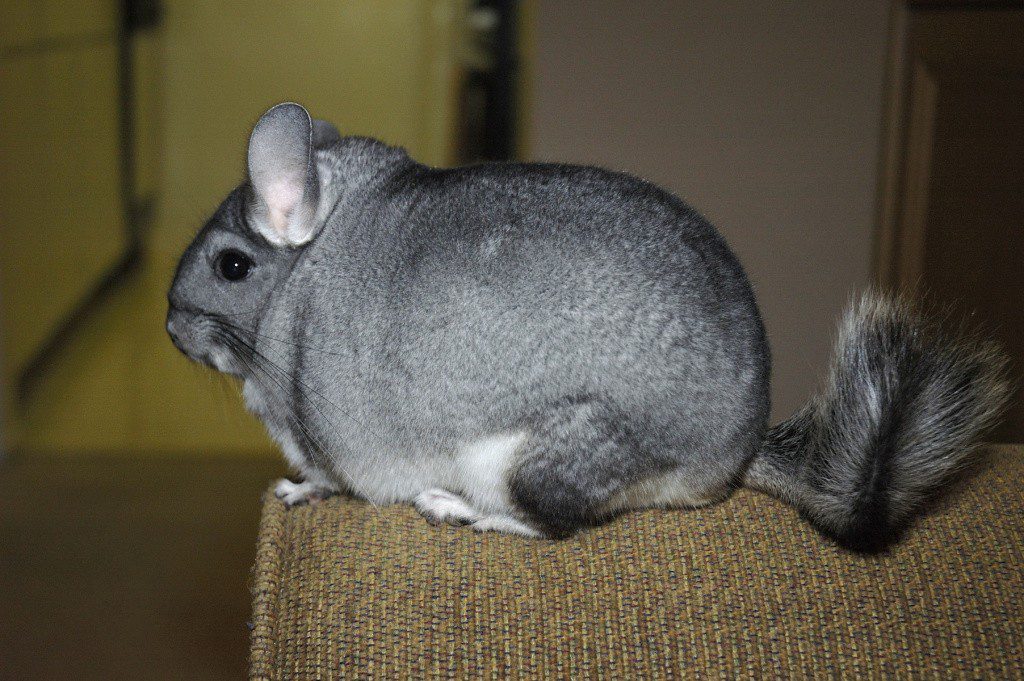
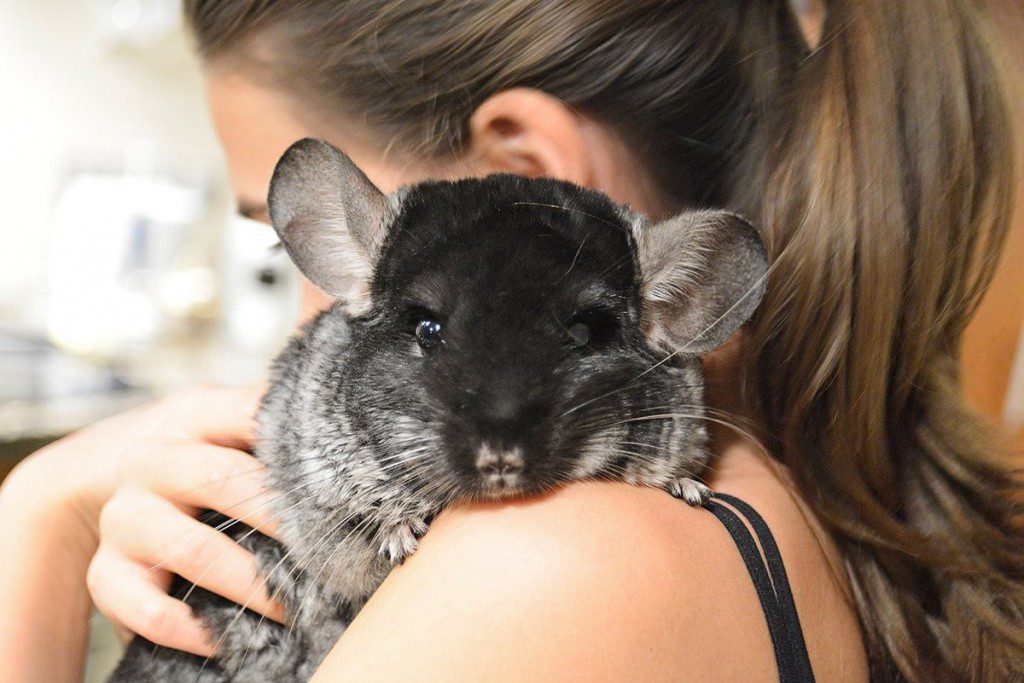
Showcase option for chinchilla
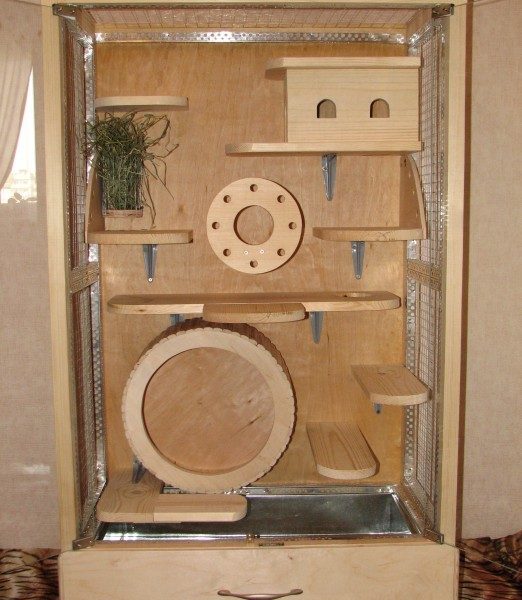
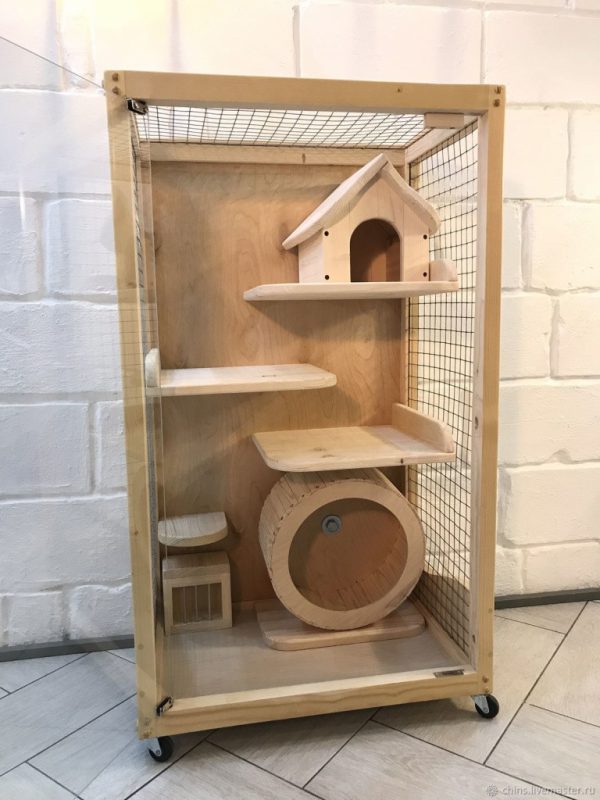
Decorative rabbits.
Rabbits are not rodents, but belong to the order of lagomorphs, which also includes hares and pikas. The fundamental difference from rodents is the presence on the upper jaw of not one pair of incisors, but two.
Many breeds of decorative rabbits have been bred, with very different types of wool and color, size and position of the ears. A decorative rabbit usually lives in captivity for 5 – 7, and in ideal conditions, if it turns out to be a long-liver, then 10 years. Larger animals in most cases please their owners longer.
The rabbit is a completely herbivorous animal. Dwarf rabbits have their own characteristics of the digestive system, which must be remembered when compiling a diet. Having a small single-chamber stomach and a high rate of digestion, animals are forced to constantly feed the body, so they eat up to 30 times a day, and young animals twice as often. This must be taken into account in order to give the animal food in accordance with its needs. Hay must be provided to the rabbit constantly, this is the main type of food. Can be fed with quality herbal pellets. You also need to add a little grain mixture, fresh grass, dandelions, twigs of deciduous fruit trees, carrots, young corn on the cob, apples to the diet. Mineral supplementation is required. Another feature of the rabbit body is eating its own litter. This is the need of the animal
Two males should not be kept in the same cage, when they grow up, they will definitely start fighting. But two females, and sometimes even three, if the cage is spacious enough, get along well together, though only in the case of joint rearing.
If necessary, the rabbit needs to be combed out and cut the claws with a special claw cutter.
A cage for a dwarf rabbit must be at least 70 cm long, and it is also possible to keep it in aviaries or playpens.
At the bottom, as a bedding, pressed sawdust or hay with a layer of 3-5 cm is best suited. The house must be placed in a place protected from drafts and cold. It is recommended to use a heavy feeder, ceramic is best, as rabbits tend to turn everything over. You can hang a hanging feeder. Your pet should always have fresh water available. Very convenient automatic drinkers for rodents, with a ball.
Toys can be wooden balls, cardboard boxes and tubes, special toys made of wood and sisal, with which the rabbit can play both in a cage or aviary, and on a walk in a room.
Rabbits are toilet trained, and you can put a special tray in the cage that will need to be washed every day. The bedding on the floor of the cage must be changed at least 2 times a week.
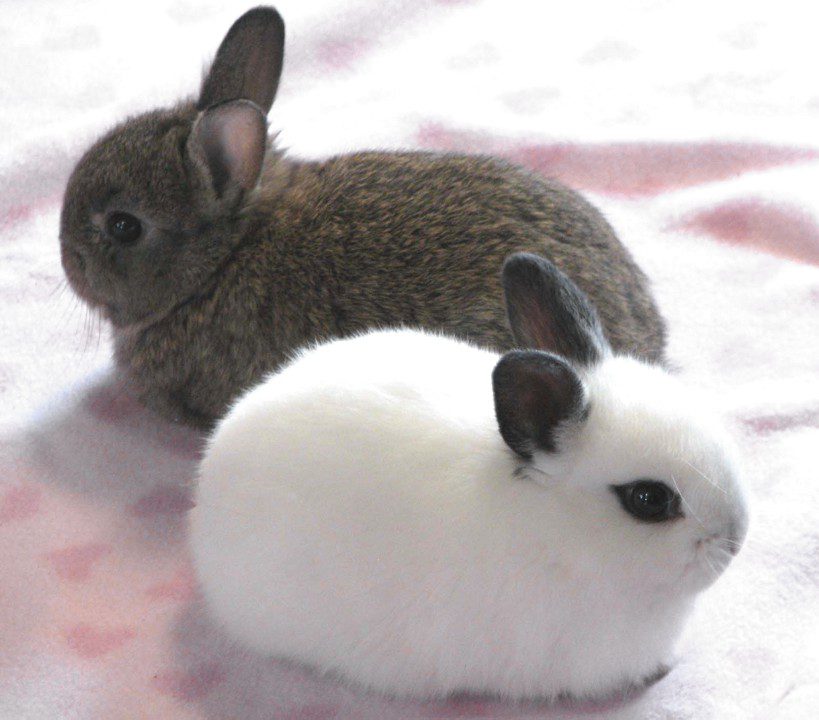
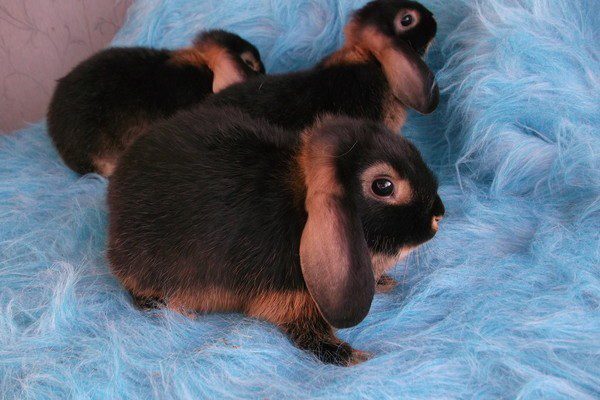
Cage and aviary for rabbits
